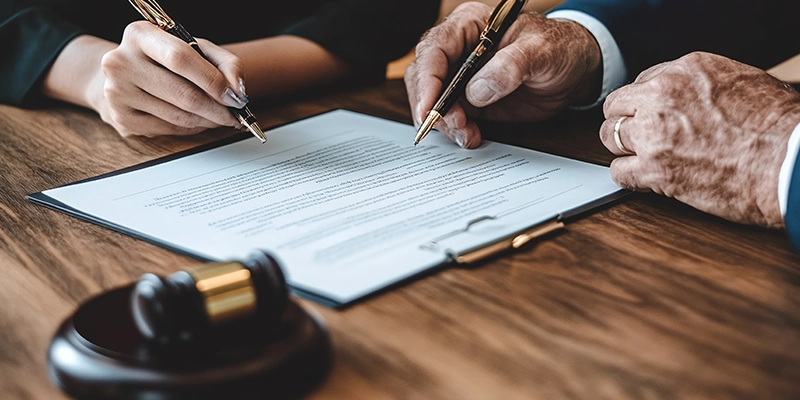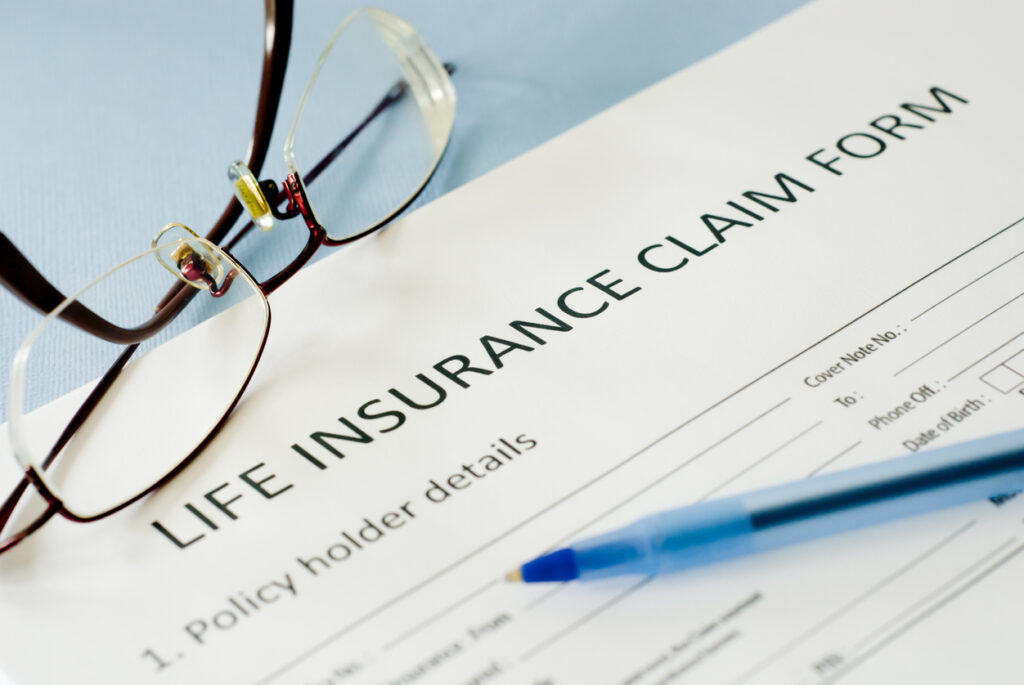When a trademark holder’s rights are infringed, which is to say, when a Junior trademark proprietor sells a product or service under the banner of a trademark excessively similar to the trademark of a Senior holder (who sells similar goods/services), the Senior may be eligible to recover damages under the Lanham Act. The Trademark Act of 1946, or the Lanham Act, is the Federal trademark statute which governs trademark law in the United States. The purpose of filing a trademark infringement lawsuit under the Lanham Act is to stop the infringer from continuing the infringing activity (“Injunctive Relief”) and hopefully, recover monetary damages for the harm caused by the infringement.
While injunctive relief is undoubtedly the most common category of “relief”, Monetary relief (damages), while less common, is equally if not more desirable than injunctive relief. There are several different types of monetary damages that may be awarded in a trademark infringement case, and the decision to pursue one or more of the categories of “damages” will depend on the particular facts and circumstances of the case. This article will cover these different categories of damages and provide a comprehensive overview of the “damages” framework under the Lanham Act.
Trademark Damages Under the Lanham Act
The Lanham Act provides for five types of monetary damages for winning plaintiffs who can make the case that the defendant has indeed infringed upon their trademark. These five types include, disgorgement of the defendant’s profits, actual damages, reasonable royalties, attorneys’ fees in extraordinary cases, and costs. However, a judgment in favor of the plaintiff does not guarantee an award of monetary damages because a plaintiff (generally) has to also prove unfair enrichment or confusion in order to receive such an award. The more common consequence of a winning trademark infringement lawsuit is injunctive relief, which forces the defendant to cease the actual trademark infringement. That damages is more challenging to obtain is at least in part due to the fact that the Lanham Act is not sufficiently specific as to the details of when and to what extent monetary damages should be awarded, leaving this decision mostly up to judges.
The Lanham Act provides in Section 1117(a) the following guidelines for the recovery of damages:
When a violation of any right of the registrant of a mark registered in the Patent and Trademark Office, a violation under section 1125(a) or (d) of this title, or a willful violation under section 1125(c) of this title, shall have been established in any civil action arising under this chapter, the plaintiff shall be entitled, subject to the provisions of sections 1111 and 1114 of this title, and subject to the principles of equity, to recover (1) defendant’s profits, (2) any damages sustained by the plaintiff, and (3) the costs of the action. The court shall assess such profits and damages or cause the same to be assessed under its direction. In assessing profits the plaintiff shall be required to prove defendant’s sales only; defendant must prove all elements of costs or deduction claimed. In assessing damages, the court may enter judgment, according to the circumstances of the case, for any sum above the amount found as actual damages, not exceeding three times such amount. If the court shall find that the amount of the recovery based on profits is either inadequate or excessive, the court may in its discretion enter judgment for such sum as the court shall find to be just, according to the circumstances of the case. Such sum in either of the above circumstances shall constitute compensation and not a penalty. The court in exceptional cases may award reasonable attorney fees to the prevailing party. 15 U.S.C. § 1117(a).
Let us now consider each category of damages separately.
Disgorgement of Profits (Rather than “Infringement” Damages)
There are two ways in which an infringing party’s profits may be disgorged: unfairly earned profits can be disgorged as a function of the profits themselves being undeserving or alternatively, the infringing party’s profits can be used to measure the trademark owner’s loss. The latter method is referred to as the proxy theory. In order for a plaintiff to recover under the proxy theory, they typically are not required to show that the defendant was willfully ignorant of their infringing actions or that they knew of the infringing actions. However, a plaintiff does typically have to show one of these factors in order to receive a monetary judgment of disgorgement of profits earned through unfair means.
Actual Damages
In order for a plaintiff to recover their actual damages in a trademark infringement case, they must prove economic loss caused by confusion. Economic loss may be proved in a number of different ways but the general idea is that it there must be a direct nexus between the defendant’s use of the infringing mark and the plaintiff’s actually Loss. Appropriate methods to deduce “Actual” damages include a showing of lost profits, a comparison of the value of benevolence preceding and following the infringement, and advertising expenses paid to remedy the confusion brought about by the infringement.
Reasonable Royalty
A “reasonable royalty” is meant to capture the amount of money the guilty defendant should have paid the plaintiff had the defendant licensed the trademark in an appropriate and agreed upon manner with the plaintiff. The actual formula that a judge will use to calculate this prospective “licensing fee” can vary and because of the subjective nature of this calculus, both both the plaintiff and defendant often feel that it is incorrect. Some courts will only consider a reasonable royalty if both parties already had a licensing relationship in place which surrounded but didn’t include the specific trademark cited for infringement. Others will determine a number based on estimating what the voluntary agreement between a trademark owner would otherwise amount to, given similar circumstances. Others still use a more generic factor set: nature and scope of a licensee’s use, special value to the infringer, the cost a reasonable licensee would agree to pay, profitability of the infringing use, the paucity of viable alternatives to deciding on damages, and expert testimony.
Attorneys’ Fees in Exceptional Cases
The Lanham Act does not define what qualifies as an “exceptional case” but does allow for, at least in principle, the reimbursement of the winning party’s legal fees should justice demand as much. Factors that weigh into the authorization of this form of damages include but are not limited to trademark infringement that is deliberate, willful, fraudulent, or malicious. Please note; Attorneys’ fees will not be awarded in unlimited amounts.
Trademark Damages Calculation Costs
Remember, the plain language of the Lanham Act is vague and provides the Courts with great flexibility in deciding what is or is not a reasonable remedy for infringement. While injunctive relief is nearly always assured for the winning side, monetary relief is far more tenuous. To calculate damages, the courts endeavor to consider not only how much money has been lost but the amount of money plaintiffs should have earned. In this way, damages are both backwards and forward oriented.
If you have been harmed by someone else’s use of your trademark, you may be able to file a lawsuit against them under federal law. If you are successful in your lawsuit, you may be entitled to injunctive relief and/or monetary damages.
NEED HELP WITH A TRADEMARK OPPOSITION PROCEEDING?: SPEAK TO AN IP ATTORNEY
If you need help with a trademark opposition proceeding, please reach out to us. Our Trademark attorneys would love to chat and discuss your case.




